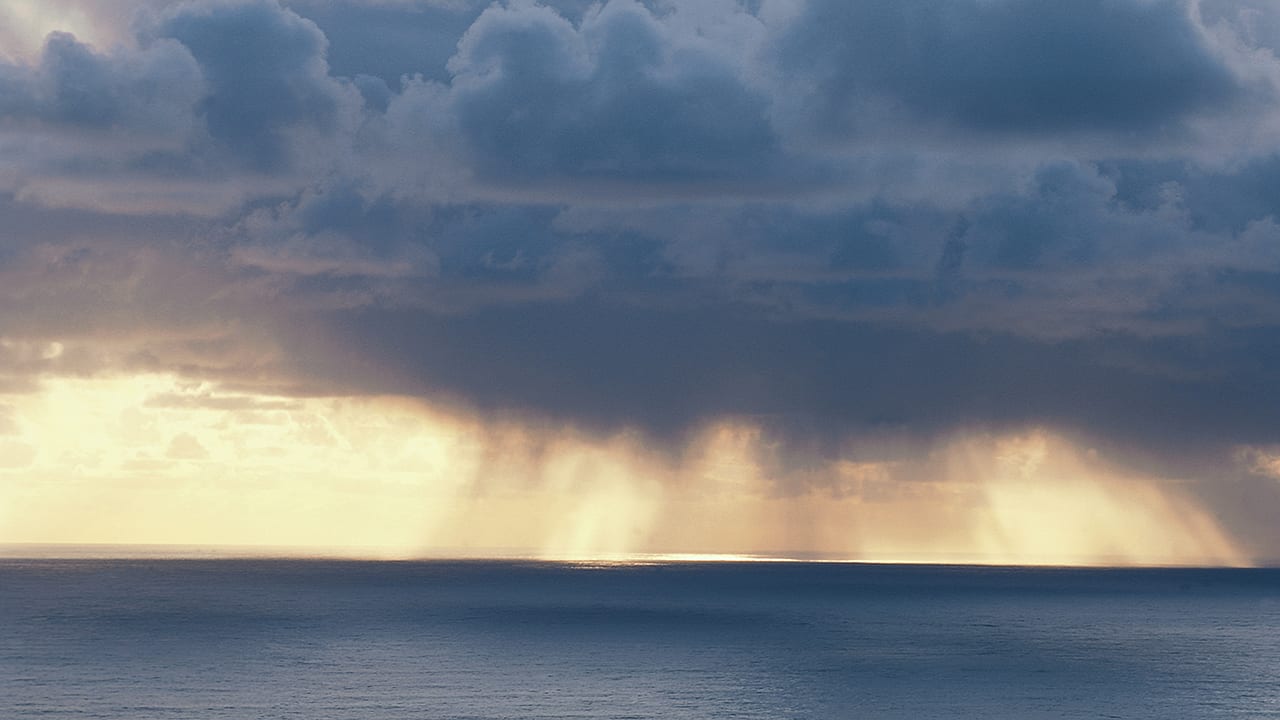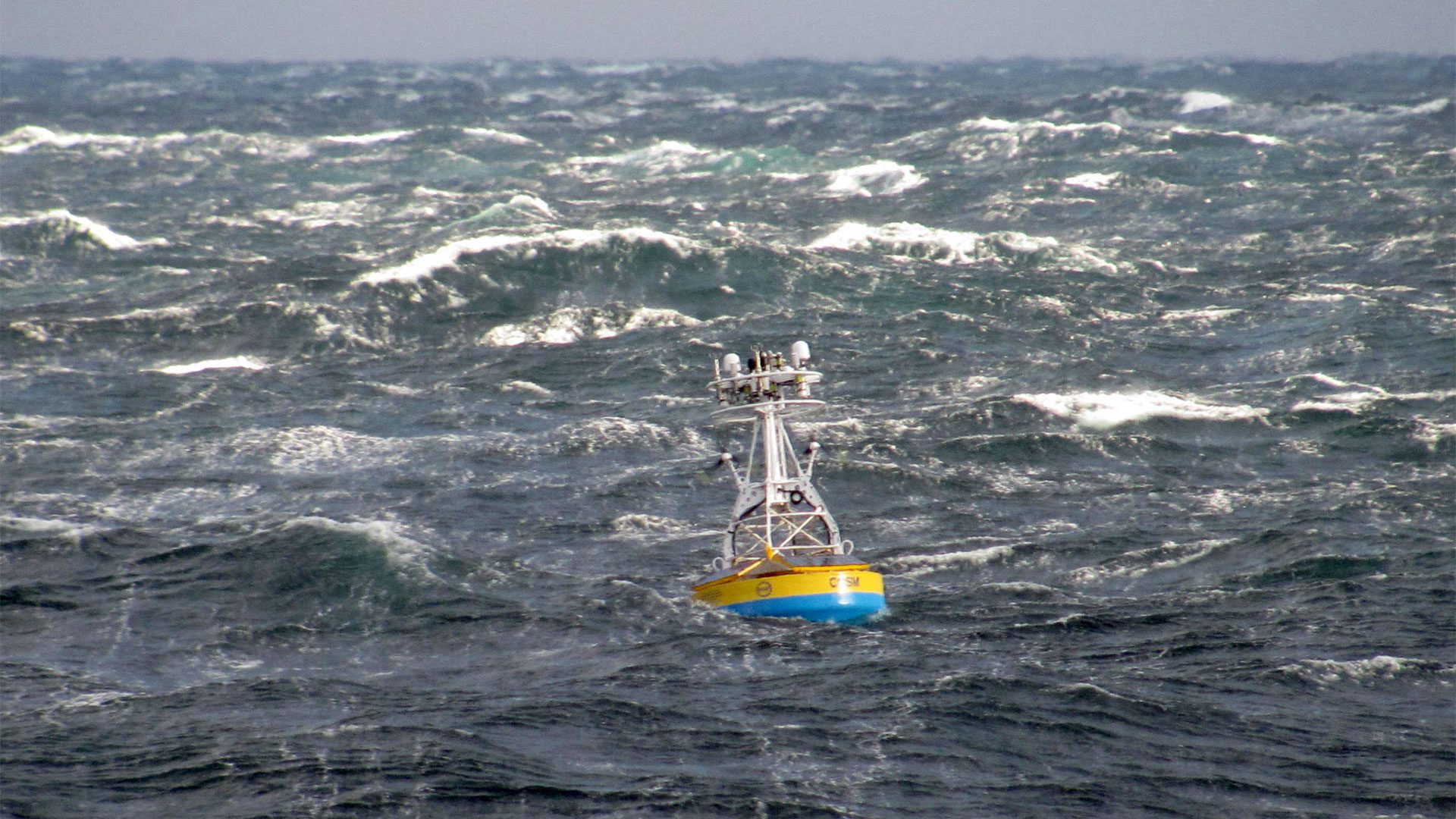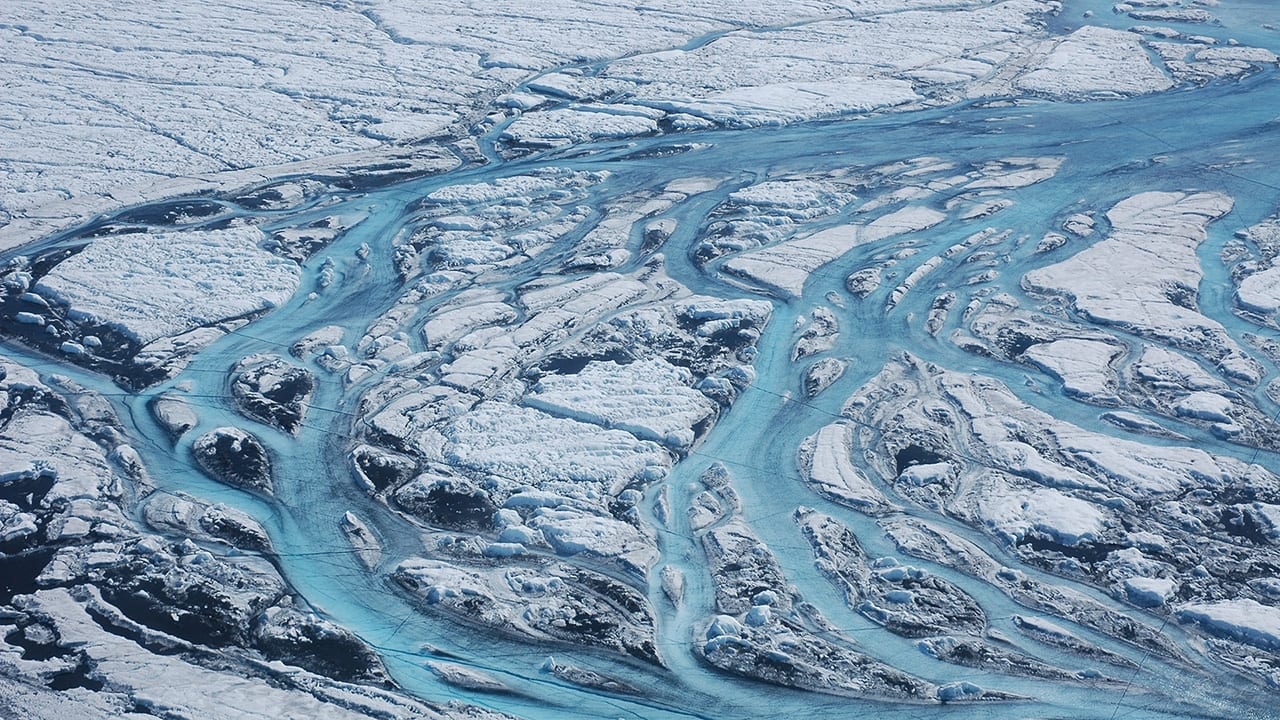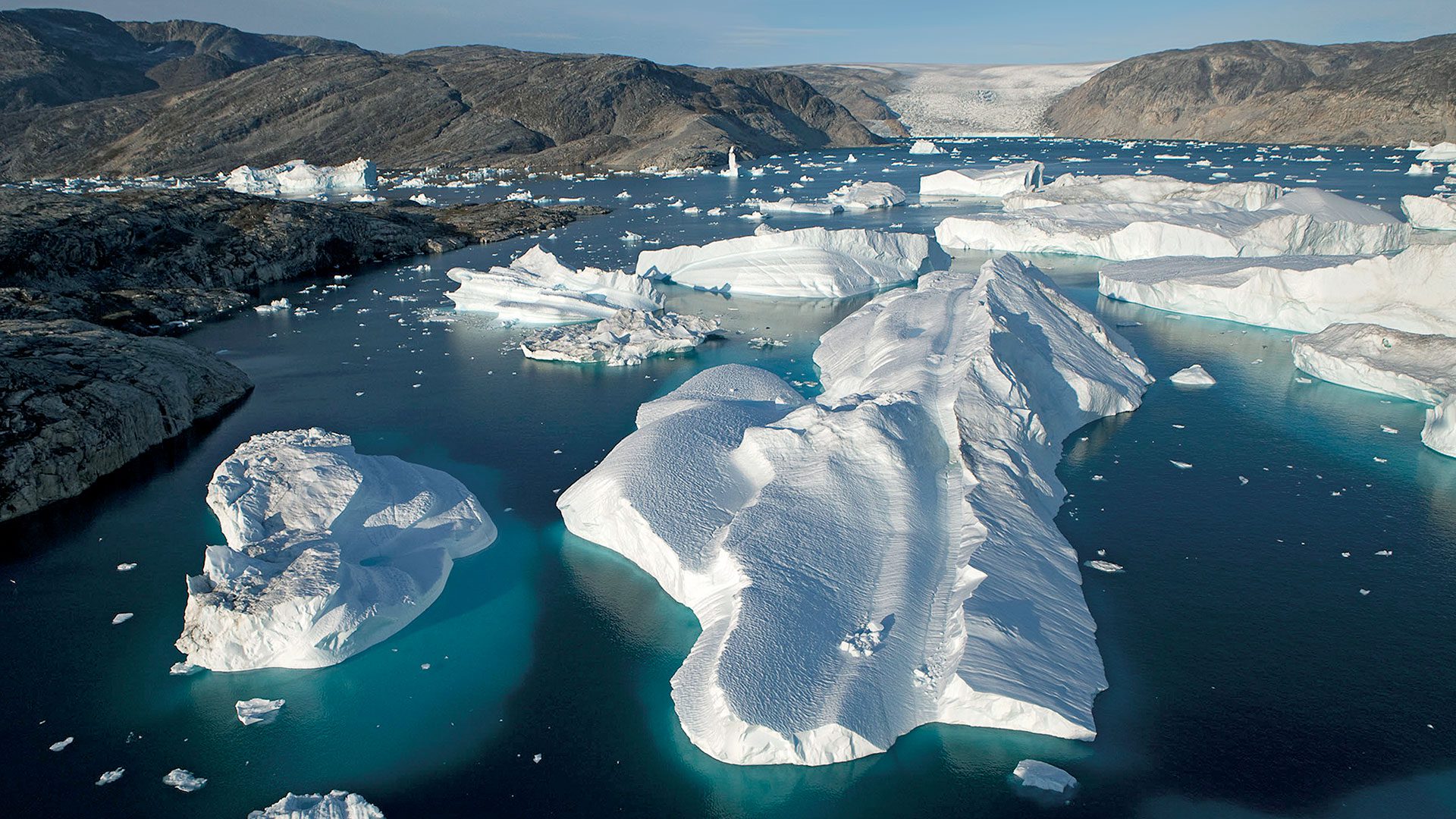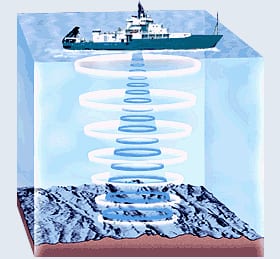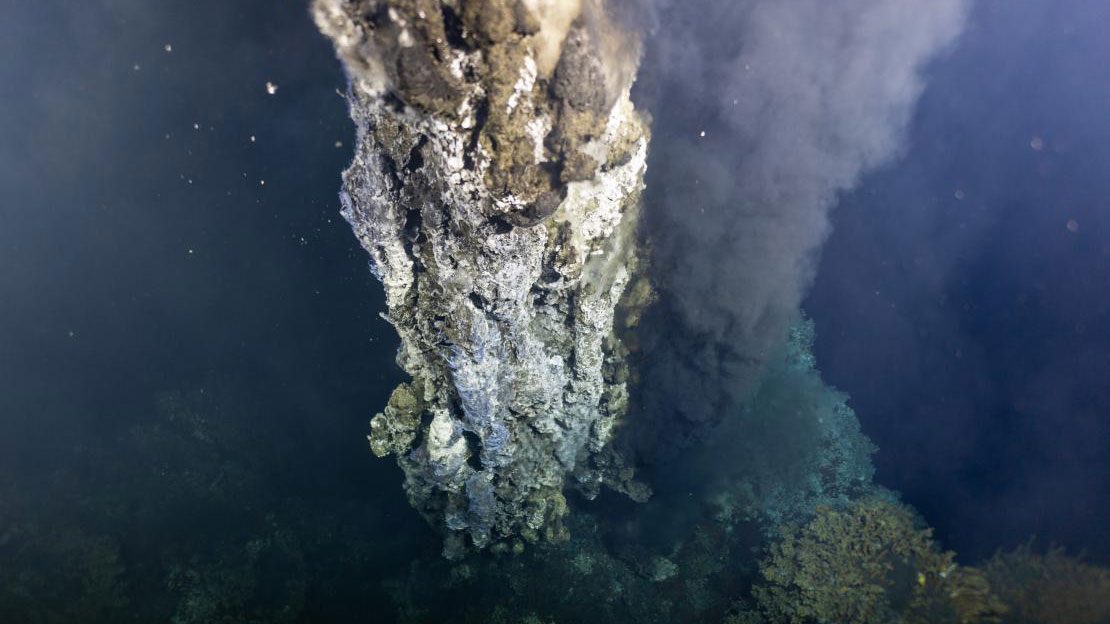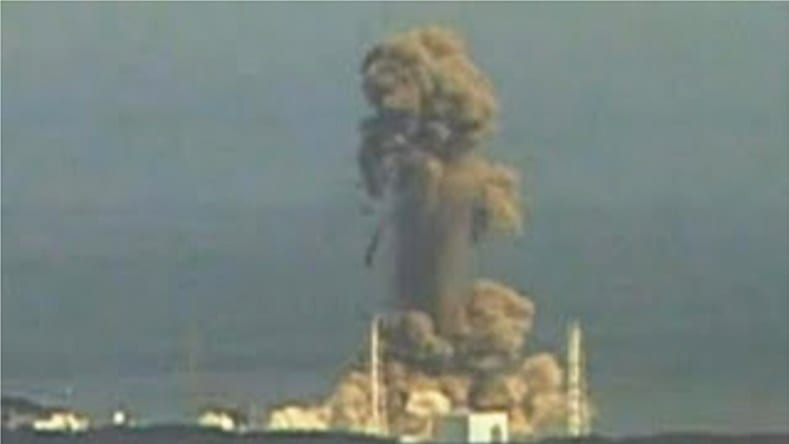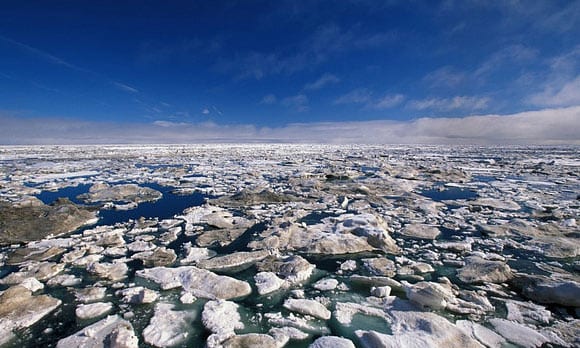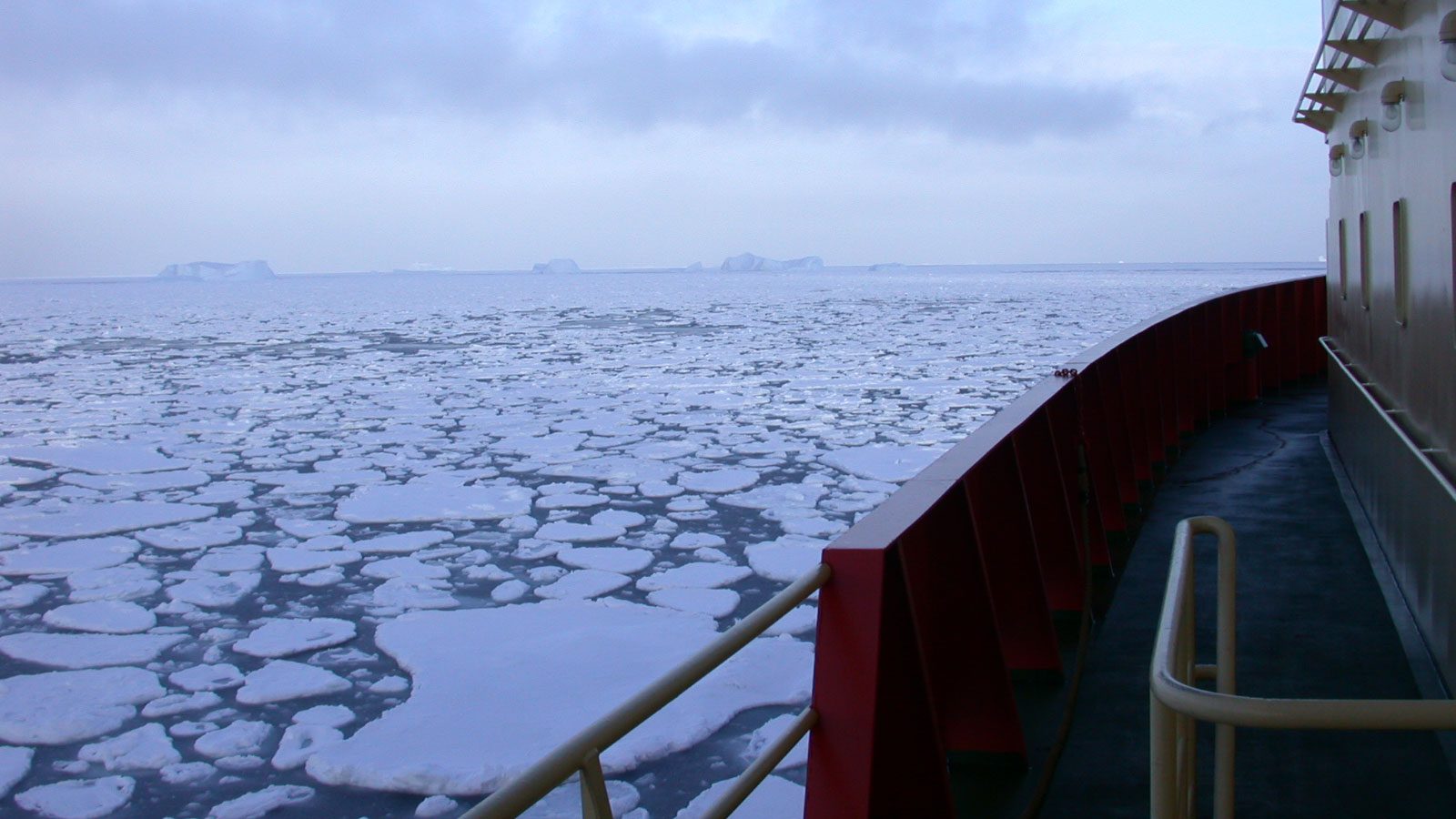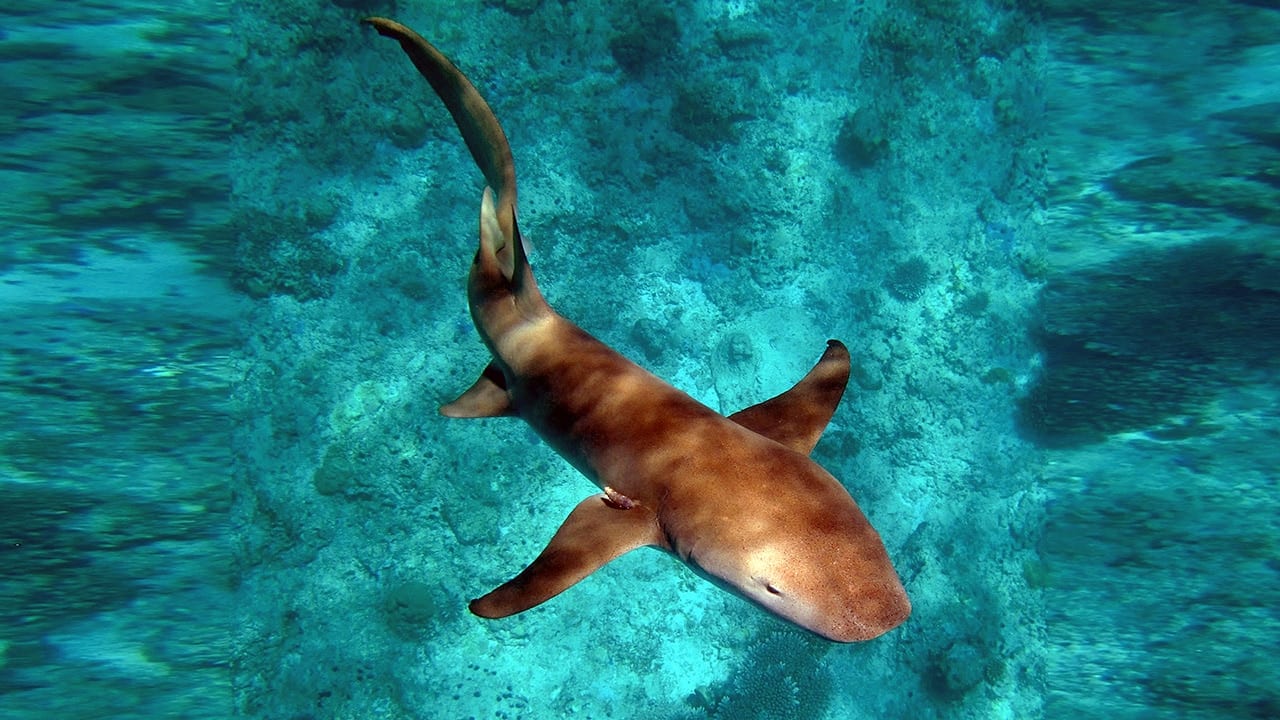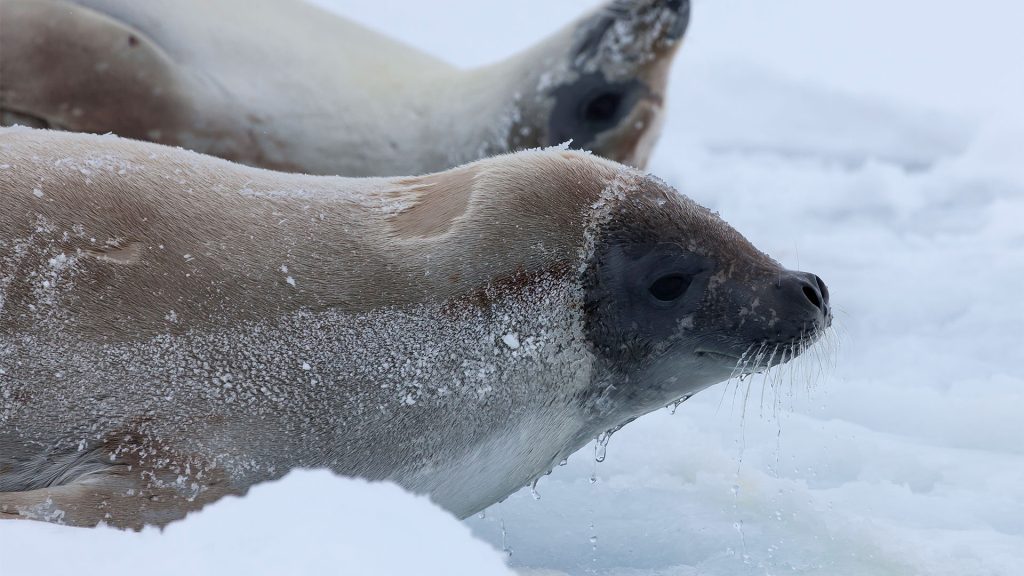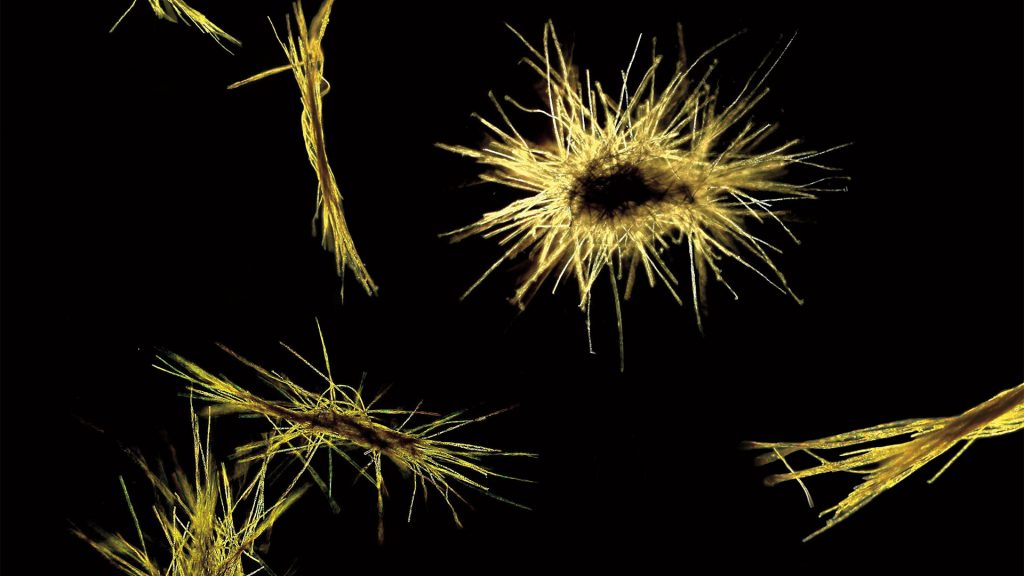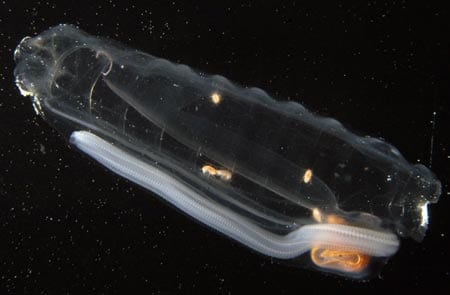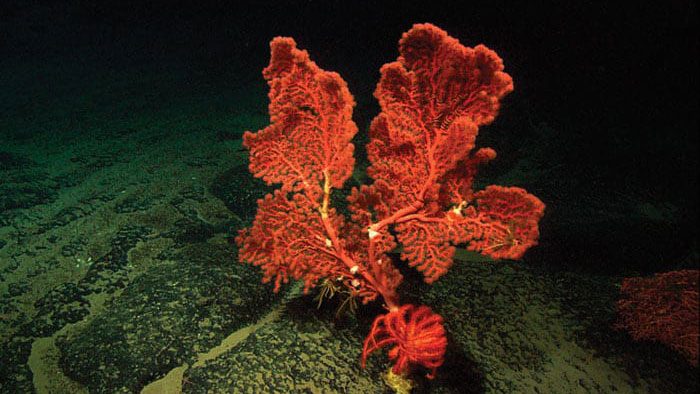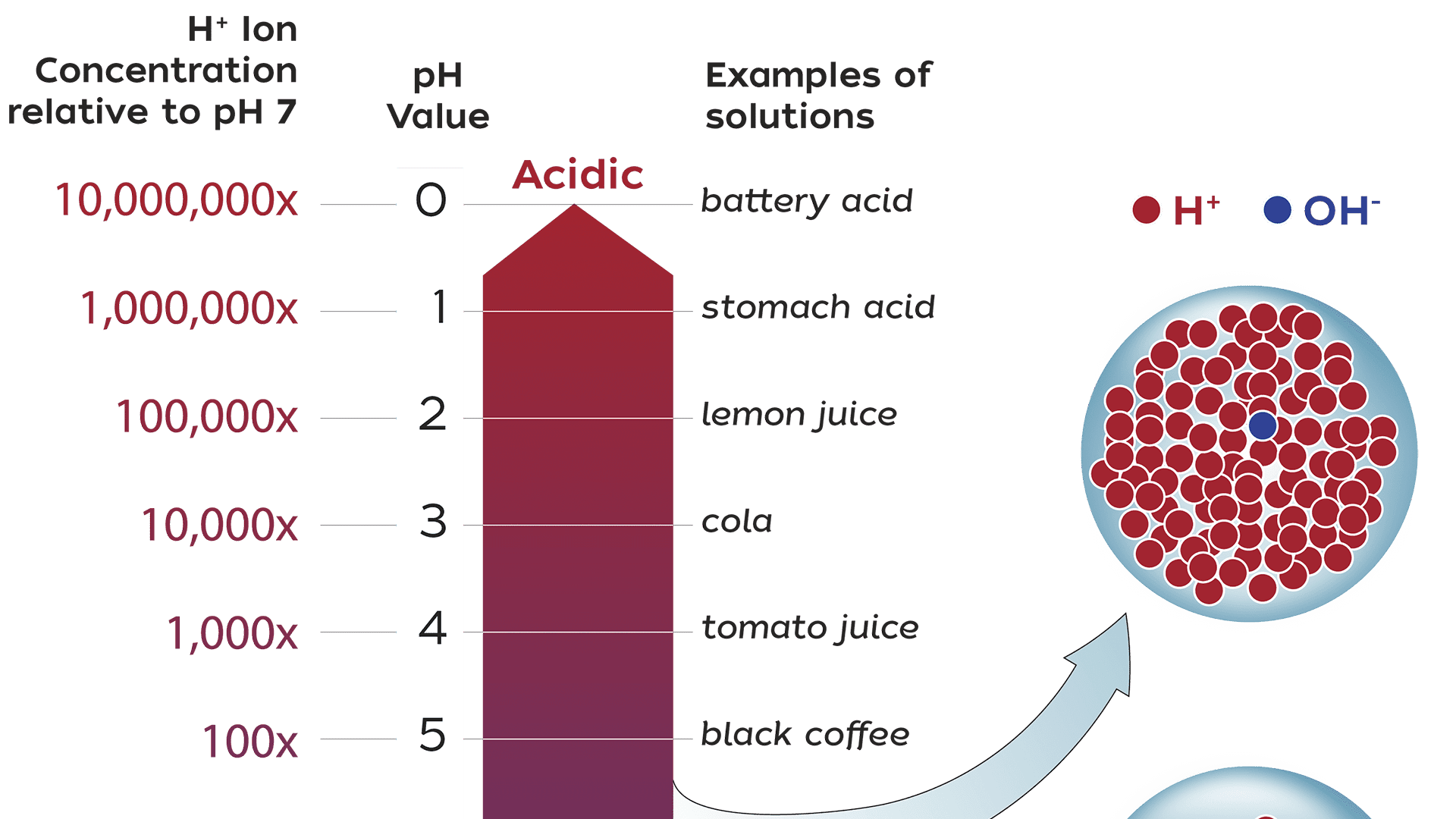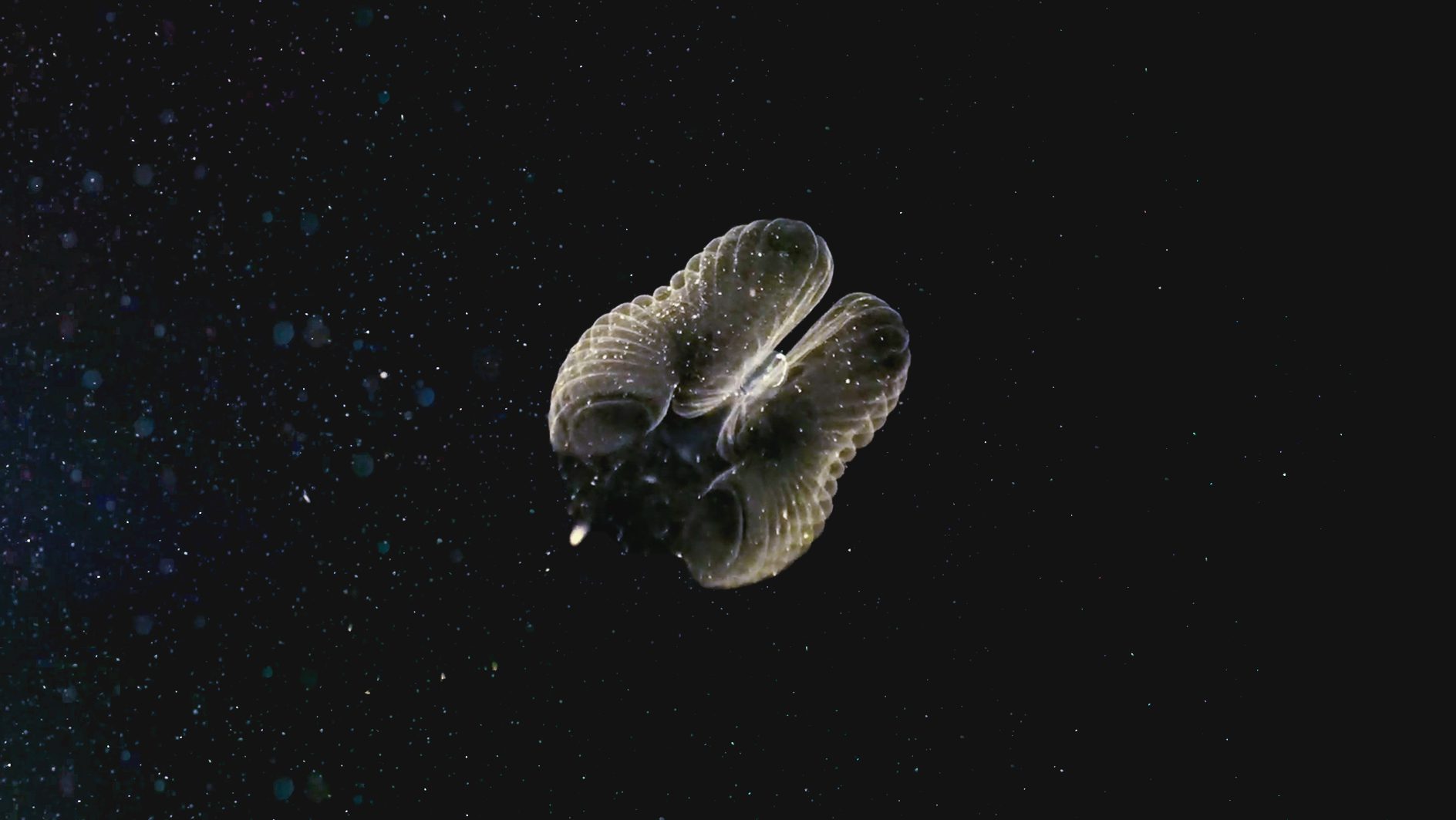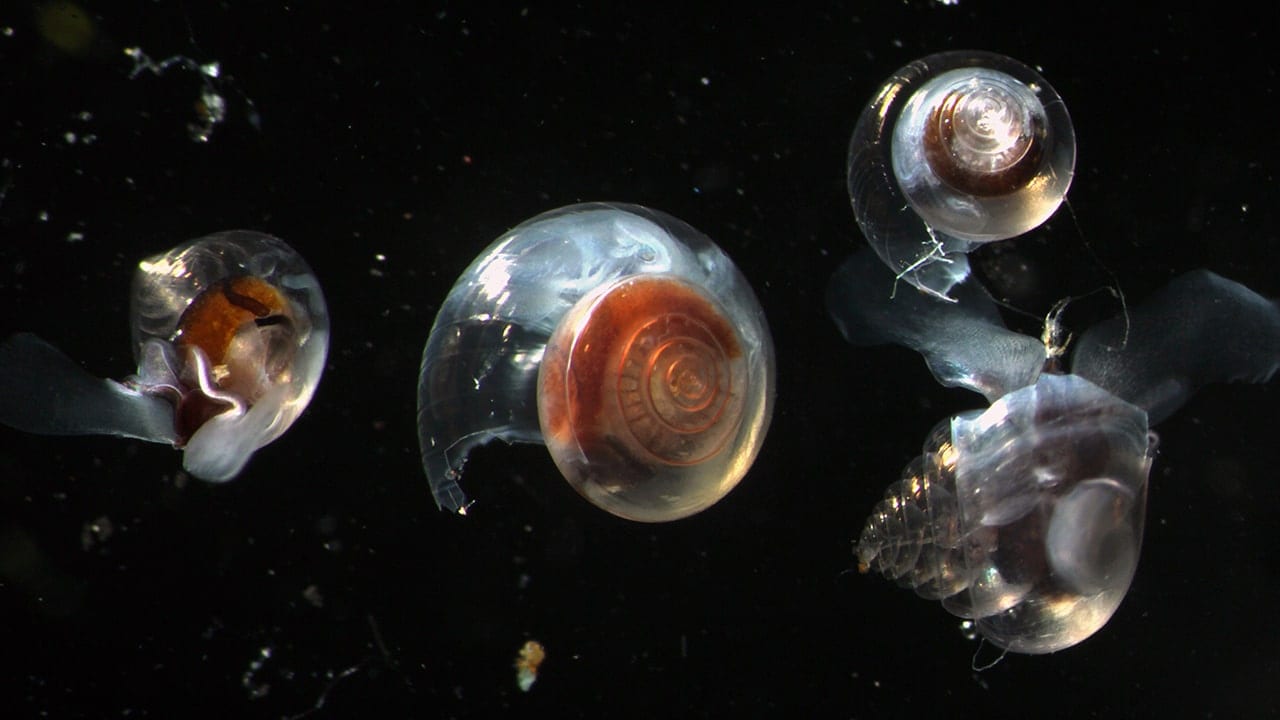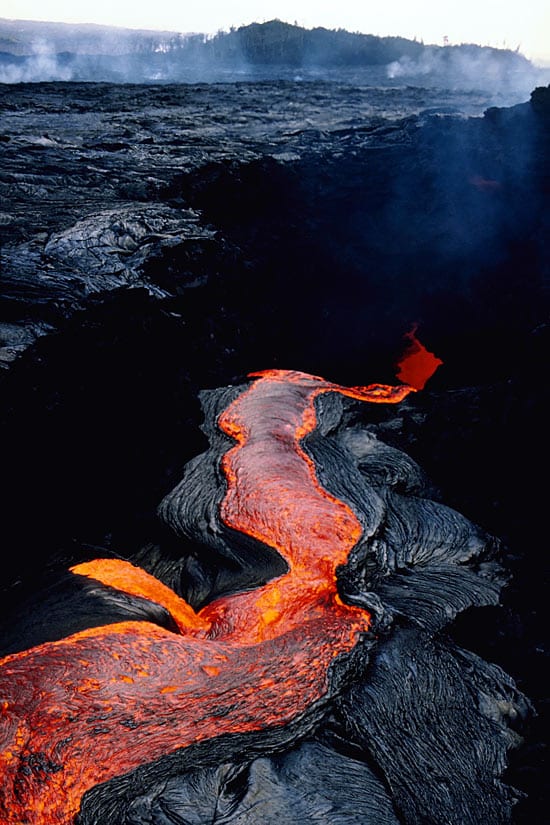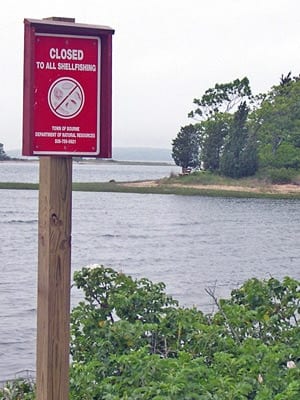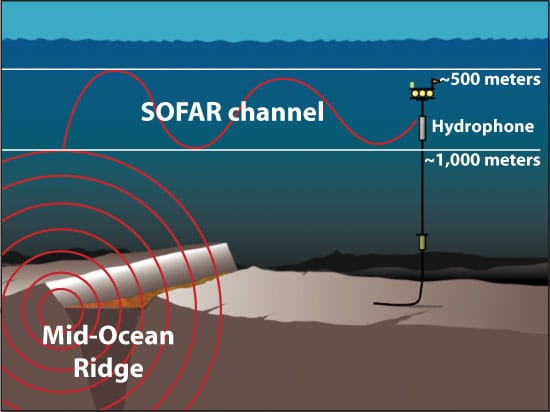Ocean Topic
Water Cycle
The water cycle describes the continuous movement of water on, above and below the surface of the Earth.
Read MoreClimate & Weather
The ocean plays a central role in global climate and regional weather patterns, including droughts, rainstorms, and hurricanes.
Read MoreAbrupt Climate Change
Earth's changing climate is raising concerns that it could respond in abrupt and unexpected ways, making it difficult for human society to adapt.
Read MoreClimate Change
Scientific observation has shown that the atmosphere near the Earth's surface is warming.
Read MoreAcoustic Doppler Current Profiler (ADCP)
An Acoustic Doppler Current Profiler (ADCP) uses sound waves to measure water current speed at multiple depths, helping scientists study ocean and river flow.
Read MoreSonar Single Beam
Echo sounding uses sound waves bounced off the ocean bottom to calculate depth. The faster the sound waves return, the smaller the water depths and the higher the elevation of the seafloor.
Read MoreGodzilla, Sasquatch, & Homer Simpson
Many deep-sea features are named for their distinct shapes and formidable sizes. Other features are named for research vessels, and others to honor pioneering scientists.
Read MoreFAQ: Japan Earthquake and Tsunami
On March 11, 2011, a magnitude 9.0 thrust-fault quake 80 mi east of Honshu, Japan, ruptured the subducting Pacific plate, triggering a massive tsunami.
Read MoreFAQs: Radiation from Fukushima
Fukushima’s 2011 nuclear accident released radioactive isotopes into the ocean; levels have since decreased but ongoing monitoring continues. Learn more in this Q & A article.
Read MoreSea Ice Glossary
Mariners have adopted a number of different names for icebergs and pack ice. The following glossary of ice terms is from Bowditch's Glossary of Marine Navigation.
Read MoreThe Many Forms and Shapes of Ice
Ice comes in many forms and shapes. Icebergs can be as big as a house, while newly formed sea ice can be thin and rubbery like a piece of pizza dough.
Read MoreShark Facts
Sharks are ancient, diverse predators with over 500 species. They're vital to ocean health—but slow to reproduce and threatened by overfishing.
Read MoreVibrio parahaemolyticus
Vibrio p. is a salt-loving bacterium that causes GI illness from raw shellfish or seawater exposure—most often in summer.
Read MoreSeal Facts
Seals are pinnipeds, a group of animals with three separate families—phocidae, otaridae, and odobenidae—that are the only mammals that feed in the water and breed on land.
Read MorePlankton, By Any Other Name
Plankton are the diverse collection of organisms found in water that provide a crucial source of food to many small and large aquatic organisms, such as bivalves, fish and whales.
Read MoreThe Watery World of Salps
A salp is a barrel-shaped, planktic tunicate that moves by pumping water through its gelatinous body, and can be seen as a single organism or in long, stringy colonies.
Read MoreDeep-sea Corals
When most people think of corals, they think of the Great Barrier Reef off Australia, but deep in the ocean much smaller coral formations lie past the point where light penetrates.
Read MoreThe pH Scale
pH is a measure of the concentration of hydrogen ions in a solution. The more hydrogen ions that are present, the more acidic is the solution. The pH scale ranges from zero (very acidic) to 14 (very basic).
Read MoreCarbon Dioxide in Seawater
When carbon dioxide mixes with seawater it has the effect of reducing the availability of carbonate ions, which many marine organisms need to build their shells.
Read MoreFAQs about Ocean Acidification
These questions were widely distributed to the research community with the request to draft concise replies summarizing current knowledge with peer review.
Read MoreLava Flows
When a volcano erupts, the molten rock that comes out of the Earth is called lava. Lava is so hot, it remains molten and flows until it cools and hardens into rock.
Read MoreHow old is that Volcano?
One of the most common questions that scientists and nature lovers ask when they see an interesting rock is: how old is it?
Read MoreWatch What You Eat
Harmful algal blooms can taint seafood with toxins, causing illness or even death. Learn how blooms affect human health through shellfish and fish poisoning.
Read MoreAutonomous Hydrophone Array (AHA)
Hydrophone arrays “hear and record sound waves generated by seismic events, submarines, or whales, and are installed in places that don't block sound wave transmission.
Read More
